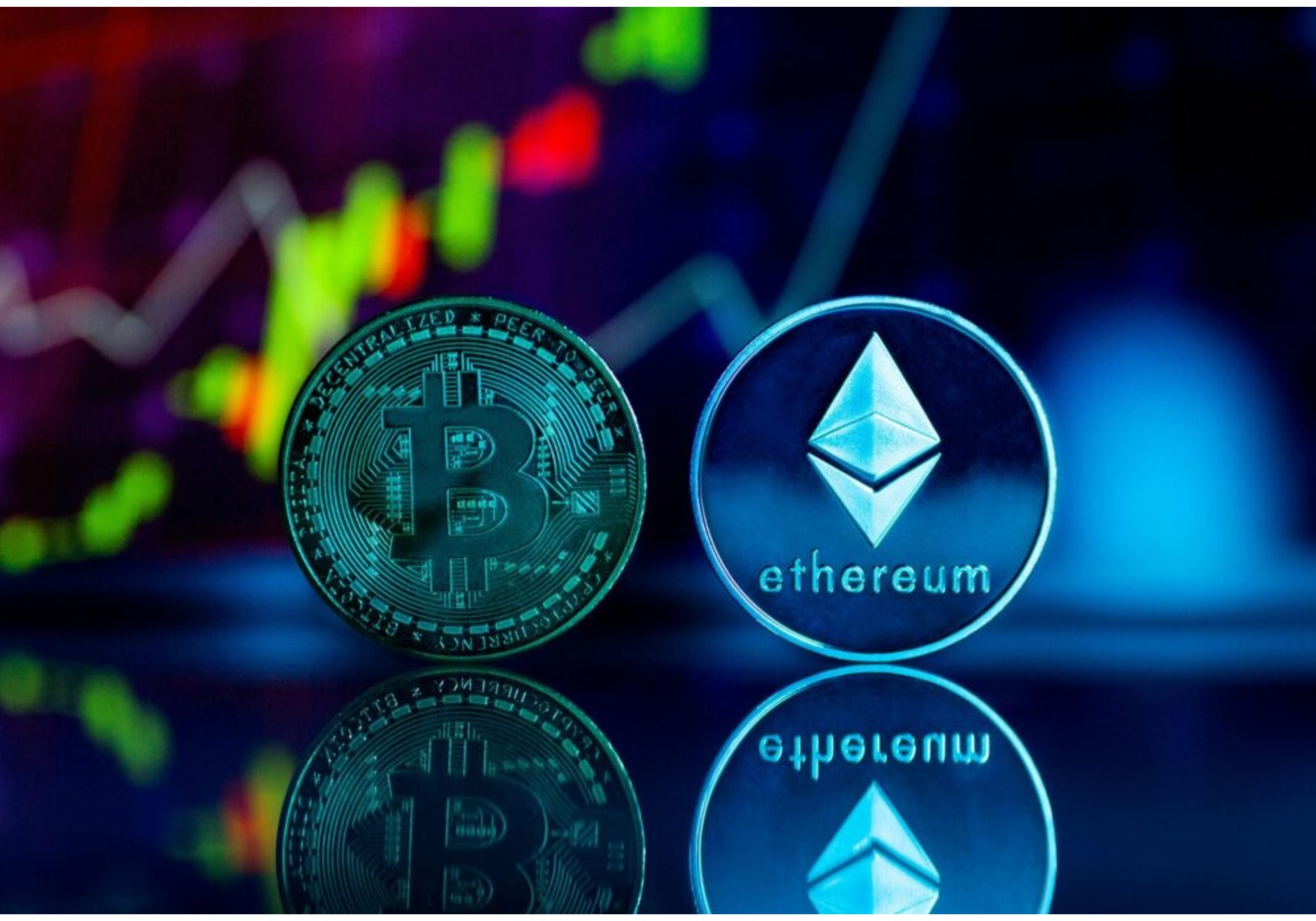On May 7, 2025, the Pectra Upgrade marked a pivotal milestone for Ethereum, successfully deploying on the mainnet as its most significant update since Dencun in 2024. This Ethereum Pectra update enhances scalability, user experience, and staking efficiency, reinforcing the blockchain’s position in a $3.2 trillion crypto market. Combining Prague and Electra updates, it introduces features like Account Abstraction and improved validator management. This article explores how the Pectra Upgrade reshapes Ethereum, its implications, and future opportunities.
Why Pectra Upgrade Matters
The Pectra Upgrade is a critical step in Ethereum’s roadmap, addressing scalability and usability challenges. Initially planned for late 2024, the Pectra network enhancement was delayed to ensure robust testing on testnets like Holesky, Sepolia, and Hoodi. Community feedback highlights excitement for improved smart account features and lower Layer 2 fees, though some express concerns about validator centralization.

Ethereum’s Pectra update aims to make the network faster, more accessible, and developer-friendly, building on Dencun’s gas fee reductions. Online sentiment reflects optimism, with developers praising its potential to drive DeFi adoption.
Details of the Pectra Upgrade
The Pectra Upgrade integrates key proposals like EIP-7702, enabling smart accounts to pay fees with assets like USDC, and EIP-7251, increasing the staking limit from 32 to 2048 ETH. These changes simplify staking for large validators and enhance wallet usability. The Pectra network enhancement also doubles Layer 2 data storage blobs, reducing transaction costs.
Tested on Hoodi testnet without errors, the Ethereum Pectra update overcame earlier Sepolia and Holesky issues. Industry discussions note its phased approach, with the second phase planned for 2026’s Fusaka upgrade.
Implications for the Crypto Market
The Ethereum Pectra update strengthens Ethereum’s competitiveness against other Layer 1 blockchains. By improving Layer 2 scalability and user experience, it could boost DeFi and NFT activity, with Layer 2 TVL already at $40 billion. However, raising staking limits has sparked debates about centralization risks, as wealthier validators gain influence.
ETH prices, trading at ~$1,813, dipped 1.3% recently due to market factors, but industry discussions suggest long-term growth potential as Pectra drives adoption. The Pectra network enhancement positions Ethereum as a leader in blockchain innovation.
Opportunities for Users and Investors
The Pectra Upgrade offers users flexible transaction options through Account Abstraction, enabling seamless cross-chain interactions. Validators benefit from simplified staking and automatic reward reinvestment, potentially increasing returns. Investors may see ETH value rise with enhanced network utility, especially in DeFi and Layer 2 ecosystems.
Online sentiment, including posts from official Ethereum accounts, underscores community excitement for Pectra’s features. The Ethereum Pectra update could attract institutional interest, building on initiatives like Etherealize.
Challenges Facing the Upgrade

ETH price fluctuations “post-Petra,” screenshot from CoinMarketCap at 9 AM on May 8, 2025.
Despite its success, the Pectra network enhancement faced hurdles. Early Holesky and Sepolia testnet issues, including transaction confirmation delays, required a new Hoodi testnet. Community feedback notes concerns about staking centralization and ETH’s price volatility, with a 13% monthly decline.
Regulatory pressures and competition from Solana and Sui challenge Ethereum’s dominance. The Ethereum Pectra update must maintain stability to sustain community trust and market confidence.
Looking Ahead for Pectra Upgrade
The Pectra Upgrade sets the stage for Ethereum’s next phase, with Fusaka in 2026 promising further scalability via PeerDAS. Users should explore smart account features, while investors monitor ETH’s performance. As blockchain markets evolve, the Ethereum Pectra update cements Ethereum’s role in driving DeFi and Web3 innovation.




